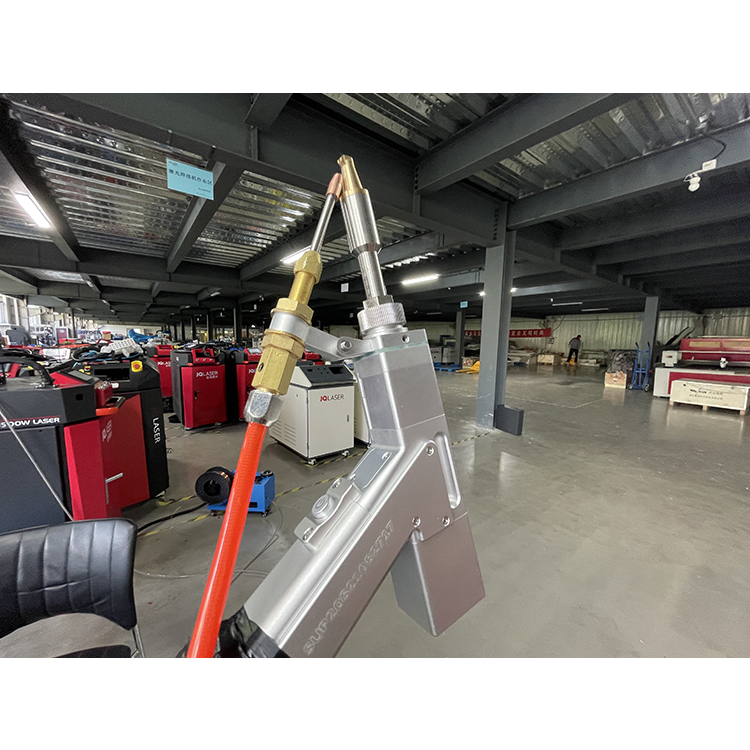A laser head-up display (HUD) is an advanced technology that projects information onto a transparent screen such as a car windshield or helmet visor. This allows the user to see critical information without straying from their usual viewpoint. Here is a detailed overview:
Components of a laser HUD
Laser source:
Type: Typically uses solid-state lasers, which are small, efficient, and reliable.
Wavelength: Can vary, but common choices include visible spectrum lasers for clear visibility.
Combiner:
This is the transparent surface (such as a windshield or helmet visor) onto which the information is projected. It reflects the laser light toward the user while remaining transparent to allow normal vision through it.
Optical system:
Includes lenses, mirrors, and sometimes waveguides to precisely focus the laser light onto the combiner.
Projection electronics:
Controls the modulation of the laser light to produce the desired image and information display.
Sensors and input devices:
Gathers the data to be displayed from various sources (e.g., speedometer, navigation system, or sensors).
Advantages of Laser Hard Drives
High Brightness and Contrast:
Lasers can produce very bright and high-contrast images, making the display easy to read in a variety of lighting conditions, including direct sunlight.
Color Accuracy:
Lasers provide precise color reproduction, which improves the clarity and readability of displayed information.
Focus and Clarity:
Laser projectors can achieve fine detail and clarity, which is important for clearly displaying complex information.
Compact and Efficient:
The components can be made small and integrated into a variety of environments without taking up too much space.
Applications
Automotive:
Display critical driving information (speed, navigation, alerts) directly on the windshield.
Aviation:
Used in fighter jets and commercial aircraft to display flight data, navigation, and targeting information.
Augmented Reality (AR):
Helmet displays are suitable for soldiers, firefighters, or other professionals who need hands-free access to information while focusing on their tasks.
Medical and Industrial Applications:
Surgeons and technicians can see important information without leaving their work area.
Future Trends
Enhanced Augmented Reality Integration:
Combining HUDs with AR for more interactive and context-aware displays.
Better connectivity:
Integrate with various data sources and Internet of Things (IoT) devices for real-time updates.
Improved energy efficiency:
Continued development of laser technology aims to reduce power consumption while maintaining high performance.
Customization and personalization:
User-specific interface adapted to individual needs and preferences.
Laser head-up displays represent a major advancement in display technology, offering numerous benefits in various fields due to their ability to provide clear, high-quality and accessible information in a hands-free manner.

